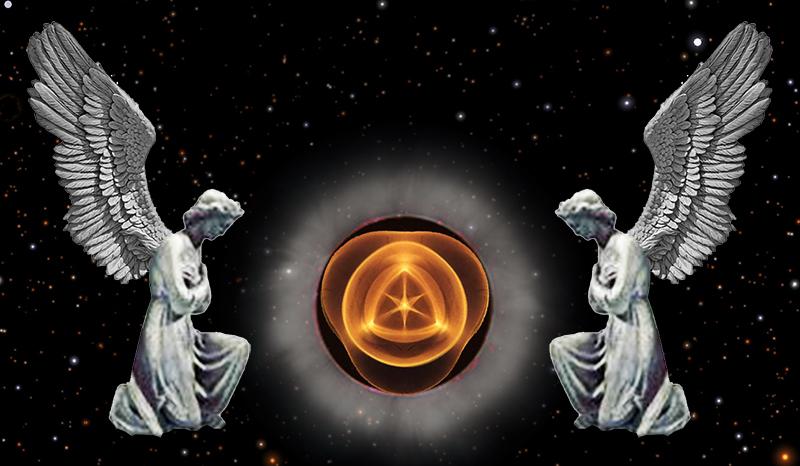Synchronicity is the experience of two or more events that are apparently causally unrelated occurring together in a meaningful manner (to the observer). To count as synchronicity, the events should be unlikely to occur together by chance. For writer Robert Torres, it is a divine experience.
If you believe synchronicity is simply coincidence, then you haven’t read any of the top experts in the field. The famous psychotherapist Carl Gustav Jung coined the term synchronicity in the 1920s to reference the alignment of universal forces with a person’s experiences.
These forces have been sought out for centuries in many spiritual traditions as a means of aligning with the “flow.” It usually takes years of disciplined meditation, study, ritual or other means to navigate this journey toward a harmonic “individuation.”
To some, the search is inward for the self, yet for others it’s an outward search for spirituality.
My first experience with synchronicity was the moment of my birth. I was born on March 21 at 3:03 a.m.—which is the third month, third week, third hour, and third minute, or 3333. It is also the equinox. It was my alignment with the universal forces, the planet, space, and time.


